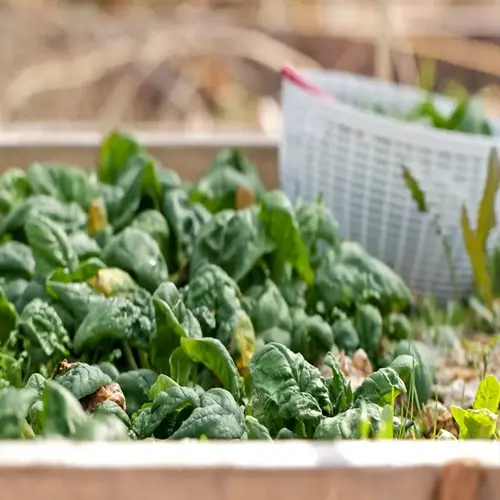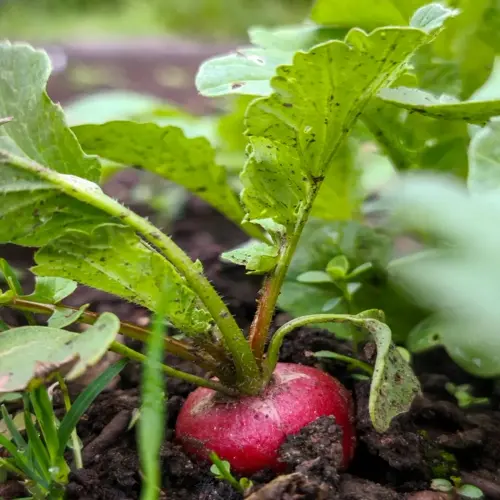Can peas be successfully planted in autumn months?

Written by
Julia Anderson
Reviewed by
Prof. Charles Hartman, Ph.D.For gardeners seeking a longer harvest, planting peas in the autumn months offers several promising benefits. Cool temperatures reduce pest pressure, and autumn rains can allow nature to replenish its water supply. Timing is important so that plants can fully mature before hard freezes occur. Winter hardy varieties thrive better in these settings than spring varieties.
Successful fall planting requires precise timing in relation to frost dates. Planting seeds 8-10 weeks before your projected first frost date allows proper plant development. By the time cooler temperatures arrive, you should have well-established plants. Soil temperature should be above 45°F for the seeds to germinate. For those in cooler climates, you can extend the fall into cooler temperatures with row covers.
Soil Preparation
- Test soil pH adjusting to 6.0-7.0 range
- Mix in compost to improve drainage and warmth retention
- Ensure proper bed orientation for maximum sun exposure
Planting Technique
- Sow seeds 1-2 inches deeper than spring plantings
- Space rows wider for better air circulation
- Water thoroughly immediately after planting seeds
Frost Protection
- Install row covers before first frost predictions
- Apply thick straw mulch after germination
- Use cloches for young seedlings during cold snaps
Mulching is the most effective method for regulating soil temperature during fall temperature fluctuations. A layer of 3-4 inches of straw works well after your seedlings sprout. The insulation keeps the roots warm from early frost and retains moisture. When the temperature is higher than average for a few days, remove the mulch temporarily to prevent overheating. I can grow from spring until December with this method.
Region greatly influences fall planting success. Northern areas should select fast-maturing varieties due to the possibility of early frost. Southern gardens can plant later and enjoy additional harvests. Coastal planting areas may tolerate mild freezes, while those in mountainous regions require slightly more protection. Understand your local climatic conditions.
Fall peas taste sweeter than spring harvests. With cool temps, sugar gets concentrated in developing pods. Pest populations decrease significantly over the summer months. Extend your garden season easily with these quick techniques. With these techniques, you can grow fresh peas in your garden well into late fall.
Read the full article: When to Plant Peas: The Complete Guide

